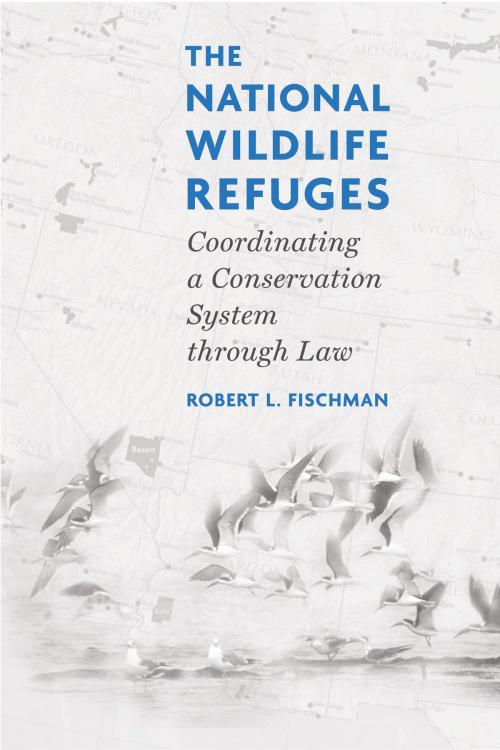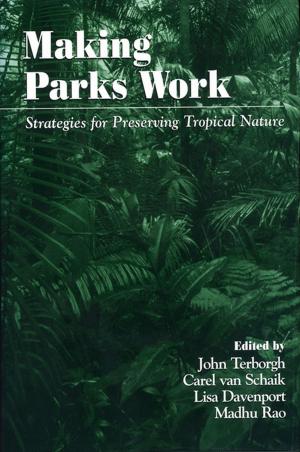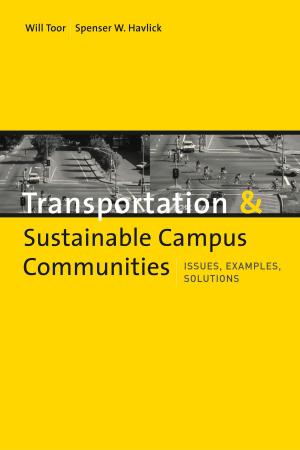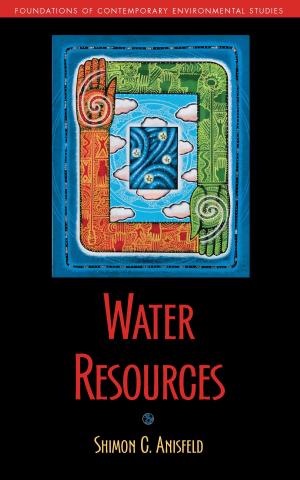The National Wildlife Refuges
Coordinating A Conservation System Through Law
Nonfiction, Reference & Language, Law, Land Use, Environmental| Author: | Robert L. Fischman | ISBN: | 9781597269094 |
| Publisher: | Island Press | Publication: | September 1, 2003 |
| Imprint: | Island Press | Language: | English |
| Author: | Robert L. Fischman |
| ISBN: | 9781597269094 |
| Publisher: | Island Press |
| Publication: | September 1, 2003 |
| Imprint: | Island Press |
| Language: | English |
The National Wildlife Refuges provides a comprehensive examination of the laws and policies governing the managemof national wildlife refuges, offering for the first time a practical description and analysis of the managemregime outlined in the 1997 National Wildlife Refuge System ImprovemAct, the first new statute governing a system of federal public lands enacted since the 1970s. The evolution of law governing the refuge system parallels broader trends in public land managemand environmental protection, making the refuge system a valuable case study for those interested in environmental management, policy, and law.
The book describes the National Wildlife Refuge System and its legal history; offers a detailed breakdown of the 1997 act, including its purpose, designated uses, comprehensive planning provisions, substantive managemcriteria, and public participation aspects; considers individual refuges and specific issues that apply to only certain refuges; discusses oil and gas developmin refuges; and offers observations about how well the refuge system law resolves historic tensions and achieves modern conservation goals.
A separate chapter examines the special rules governing refuges in Alaska and considers the contentious debate over the Arctic National Wildlife Refuge. Appendixes offer a chronology of the refuge system's development, key statutory provisions (including the full text of the 1997 act), and basic information about each national wildlife refuge.
With an approach to conservation that is increasingly prevalaround the world, the National Wildlife Refuge System is an important model for sustainable resource management. The book's analyses of the refuge system's ecological managemcriteria, conflicts between primary and subsidiary uses, and tension between site-specific standards and uniform national goals all offer important lessons for general environmental governance.
The National Wildlife Refuges provides a comprehensive examination of the laws and policies governing the managemof national wildlife refuges, offering for the first time a practical description and analysis of the managemregime outlined in the 1997 National Wildlife Refuge System ImprovemAct, the first new statute governing a system of federal public lands enacted since the 1970s. The evolution of law governing the refuge system parallels broader trends in public land managemand environmental protection, making the refuge system a valuable case study for those interested in environmental management, policy, and law.
The book describes the National Wildlife Refuge System and its legal history; offers a detailed breakdown of the 1997 act, including its purpose, designated uses, comprehensive planning provisions, substantive managemcriteria, and public participation aspects; considers individual refuges and specific issues that apply to only certain refuges; discusses oil and gas developmin refuges; and offers observations about how well the refuge system law resolves historic tensions and achieves modern conservation goals.
A separate chapter examines the special rules governing refuges in Alaska and considers the contentious debate over the Arctic National Wildlife Refuge. Appendixes offer a chronology of the refuge system's development, key statutory provisions (including the full text of the 1997 act), and basic information about each national wildlife refuge.
With an approach to conservation that is increasingly prevalaround the world, the National Wildlife Refuge System is an important model for sustainable resource management. The book's analyses of the refuge system's ecological managemcriteria, conflicts between primary and subsidiary uses, and tension between site-specific standards and uniform national goals all offer important lessons for general environmental governance.















